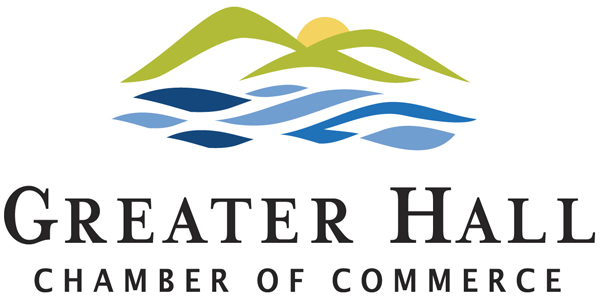For many of you,the name “Chattanooga” conjures up the old song “Chattanooga Choo-Choo” that was nominated for Best Song Academy Award in 1941 and popularized by Glenn Miller and His Orchestra (No. 1 chart record). Prior to moving back to Gainesville, I lived in Chattanooga, Tennessee for eight years. While living in Chattanooga, one of the most rewarding opportunities I have ever had was my participation in ReVision 2000.
ReVision 2000 was a follow-up session to Vision 2000 – a public, goal-setting process that was contributed to by more than 1,700 people over a 20 week period in 1984. It resulted in more than 40 goals for the city, many of which supported the citizens’ emphasis on quality of life. These goals fell under the categories of future alternatives, places, people, work, play and government.
In 1969, the City of Chattanooga reached a critical juncture in its environmentally-influenced economic development. Chattanooga was a city with a heavy manufacturing base and one of the most polluted cities in the United States.
Over the last 33 years, Chattanooga has undergone substantial changes with strong support from government, business and civic leaders all working together on individual problems.
Vision 2000 marked the turning point for the community by soliciting input from the citizens on where they wanted to see Chattanooga’s future go. If you’ve been to Chattanooga recently, you know it is one of the most best mid-size cities in America and one of the most visited cities in the Southeast.
Vision 2000 resulted in more than 200 projects and programs, created 1,381 jobs, 7,300 temporary construction jobs, served over 1.5 million people, and precipitated a total financial investment of $793,303,813. Some of the more notable projects tackled by Vision 2000 task forces were:
1. Family violence shelter – more than $500,000 was raised to start the shelter, open it within six months and support it for five years
2. Tennessee Aquarium – the world’s largest freshwater aquarium
3. Renovation of the historic Tivoli Theatre
4. Construction of the River Walk
5. Cleanup of the downtown river front area
6. The opportunity for all citizens to have decent and affordable housing as more than 3,000 older, inner-city homes were rehabilitated
7. Salvage and renovation of an historic bridge for pedestrian use
8. Development of one of the nation’s premier electric bus lines
Vision 2000 was successful because of community involvement and support. This successful effort helped break down barriers of race, history and geography, and fostered the conviction that individual citizens’ ideas and participation in the process make a difference. Vision 2000 established an expectation that the very public work of community revitalization should and would take place through public participation.
Governing Magazine asserted that “visioning fever” is a highly contagious bug that has been sweeping civic America in large part because it worked so spectacularly well in Chattanooga. Jacksonville, Florida, Rome and Augusta, Georgia, and Greenville, South Carolina are just a few of our neighboring cities that recently completed visioning programs.
Is Gainesville-Hall County ready for a visioning process? That question will be answered in a couple of weeks when the Greater Hall Chamber of Commerce hosts the Leadership Summit. Attendees of the Leadership Summit will leave with a realistic idea of how visioning works, enabling them to make an informed decision about its costs in time, energy and financial resources. I have personally participated in a visioning process, and I believe it is our time to give this process serious consideration.
“So, Chattanooga Choo-Choo, won’t you choo-choo me home? ”
